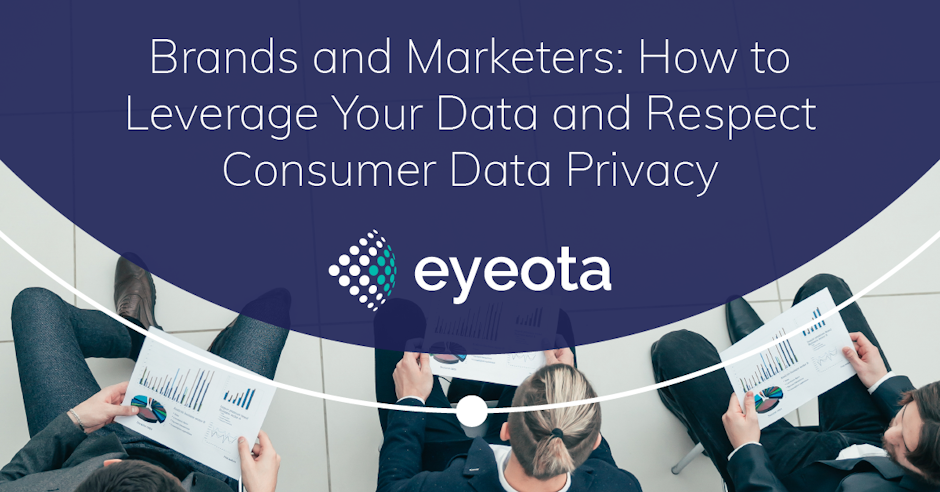Brands and marketers: how to leverage your data and respect consumer data privacy
When it comes to first-party data, more is more

In this article for our series on the role of onboarding in future-proofing an organization's first-party data strategy, Eyeota co-founder and CEO, Kristina Prokop, explains how brands should incorporate data from all online and offline data sources to build the scale and depth that first-party data has traditionally lacked.
“If you consider how we behave as consumers, our interactions with a brand span multiple points of consideration and action that are not limited by channel. Therefore, your data strategies should reflect that,” she says.
What data is available can vary greatly from brand to brand. However, it’s very likely that and organization will have access to at least a few of the following:
- Research data: example customer information purchased from data providers such as market research groups.
- Purchase data: data derived from merchant networks and cash-based interactions.
- Survey data: example – information from after-purchase surveys and satisfaction questionnaires.
- CRM data: for example, data points from customer interactions with sales representatives.
- Loyalty & rewards: preference and purchase data that customers are happy to share and receive benefits from.
“The more brands we help to uncover the potential of these offline data assets, the more we know the likelihood that these data sources are disparate and not connected in any way is very high,” says Prokop.
Prokop says the opportunity lies in using all of these offline data sources – either independently or in unison – to aggregate the attributes into high propensity cohorts, which identify highly correlating user clusters.
“Simply said, it is finding the commonality between different customer traits and their behavior,” says Prokop.
Cohorts
Prokop asserts that there are activation strategies that are based on 1:1, or deterministic onboarding, which most of us are familiar with. However, she wants to introduce the concept of using the varied sources of first-party data to create powerful audience cohorts.
Cohorts is becoming the marketing buzzword of 2021. Google FLoCs (Federated Learning of Cohorts), is an interest-based advertising opportunity which will eventually replace third-party cookie-based targeting.
Cohorts are a clustering of large groups of people with similar characteristics. People are clustered in a way that is stripped of any PII and protects individuals’ privacy by default.
When all of these online and offline data sources have been identified, an onboarding solution — such as Eyeota Onboarding — can transform these first-party assets into addressable digital audiences to target and engage new consumers at scale that demonstrate similar attributes and behaviors as their existing customer bases.
“Once the data has been used to build audience cohorts, an onboarding partner will use this data to map the offline attributes to compliant online profiles to create digital audiences,” Prokop says.
The final product is a proprietary customer target profile based on intelligence that only you, as a brand, hold. Data that helps drive new customer prospecting, consumer-friendly engagement, and effective interest-based advertising that no competitor has access to.
“The onboarding process can leverage a variety of data sources that hold the value of the behavioural patterns of your current and future customers,” Prokop says.
When it comes to finding new customers, the more varied data sources you use to build cohorts the better. The more varied the sources are, the more powerful the insight into customer behavior is. More variance will allow you to create more diversified cohorts based on behaviour, interest, purchase intent and stage of life.

